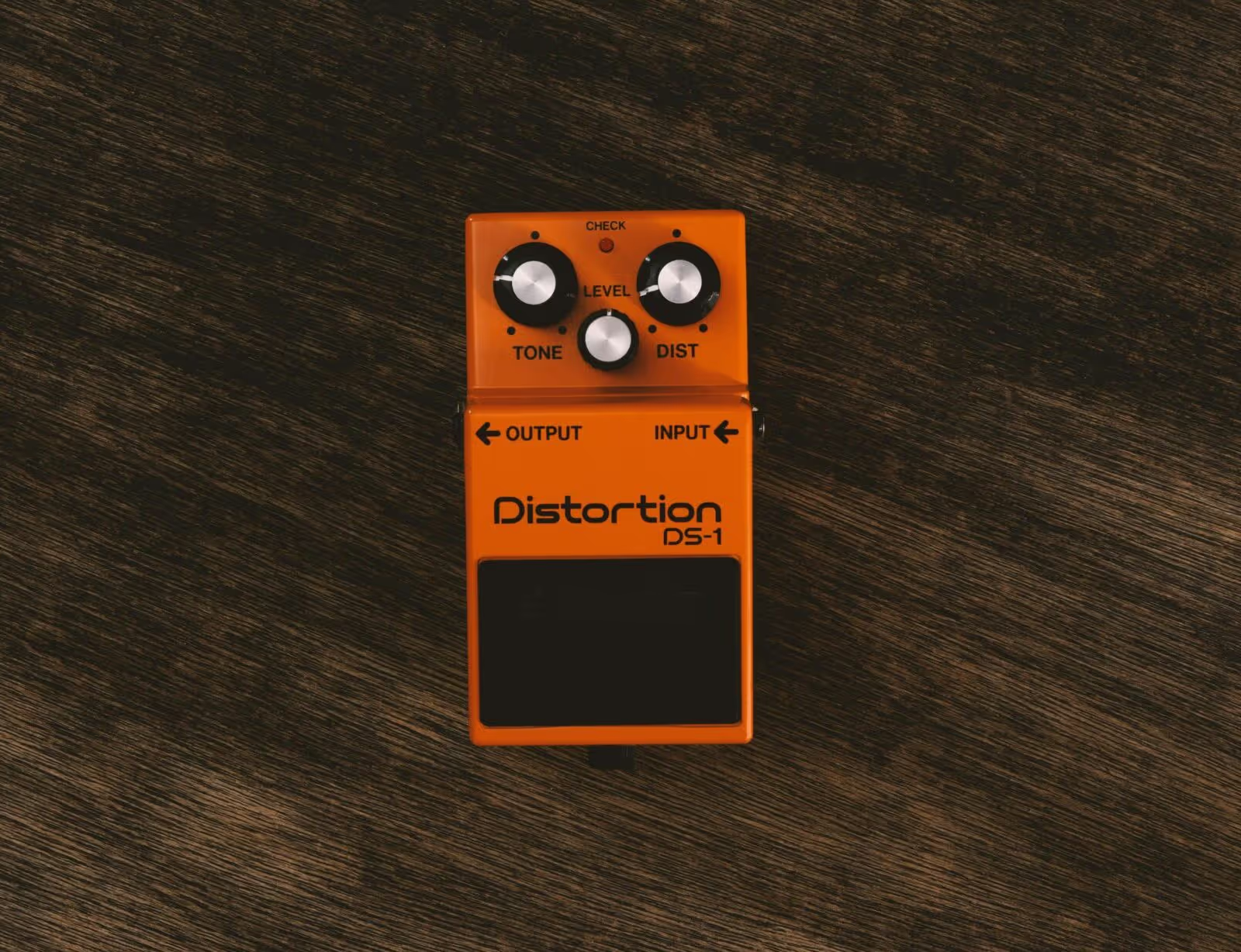
You’re looking for the best acoustic guitar to start learning how to play.
Let’s compare our 5 best picks for beginners and why we like them.

A beginner needs a guitar that is easy to play whilst having the best tone possible. The Taylor BT2 Baby is a scaled-down version of its parent without losing quality.
Our most loved part of this acoustic guitar is the rich, warm tone that makes you want to play more. The sound it produces is thanks to its solid mahogany top, rivalling larger more expensive models. Very motivating in that it makes you want to play your repertoire just to hear how it sounds.
It’s great for beginners because of its size. When starting, your first guitar needs to be comfortable to handle. Some acoustic guitars have big bodies that can be tricky to get cosy with. The Taylor BT2 Baby has a shortened neck and smaller body which means it should tuck underneath your arm nicely. As you get comfortable with the movement, you may decide to branch out to bigger shapes like dreadnaughts.
Despite its small stature, the volume it can generate is more than satisfactory. Its clarity across highs and mids especially is noticeable. This is a great choice for your first guitar as you practice your way into performances.
The only beginners who shouldn’t buy this acoustic guitar are people with big hands who may struggle for string space.
Famous Taylor players: Amy Macdonald, Boyce Ave, Jacob Collier


This guitar is loved for how easy it is to play and how awesome it sounds. It looks cool and modern whilst the slim body profile is comfortable to hold for long playing sessions.
The top is solid spruce and the sides are nato wood, which contributes to its rich and loud tone.
The built-in electronics include a preamp and pickup system. These allow you to amplify the sound. Always fun for practice or performance. A benefit to practising with amplification is that you don’t need to worry about volume. You only need to concentrate on the notes while you build precision and confidence. A guitar tuner must be nearby for beginners whilst you learn to do this eventually by ear. We’ve compiled our choices for the best guitar tuners here.
Famous Yamaha players: Rodrigo Y Gabriela, Kelly Jones (Stereophonics), Jeff Schroeder


The best budget-friendly option for beginners for sure.
Price is always going to be a consideration for any new hobby given you want to try it out before investing. The G9500 certainly fits the profile of a beginner who is also price-conscious.
Gretch is a brand full of heritage having been around for over half a century. With that, you can rely on a quality guitar that will last.
A solid spruce top and mahogany everywhere else. The G9500 produces a rich, resonant tone that surpasses the expectations of a simple budget acoustic. It also looks much more expensive with a dark burnt wood look, than your typical budget acoustic.
The neck joins the body at the 12th fret meaning you are unlikely to be ripping solos on this as you learn.
Famous Gretsch players: Chet Atkins, George Harrison, Chris Cornell


This guitar stands out as the best choice for beginners who are learning to strum.
A lot of acoustic guitars try to cater for both fingerpicking and strumming. This usually means some compromise on the sound ideal for each. When fingerpicking, you need a gentle sound which can resonate with the bright harmonics of each string. When strumming you need the the sound to be able to get loud. That’s what the Martin LXK2 delivers.
Its small size is comfortable for beginners, which we have covered earlier in our review. Despite its size, the projection the strings can obtain is noticeable. It will be perfect for jam sessions where you secretly want to be the loudest in the room.
Made with a solid spruce top and high-pressure laminate (HPL) koa back and sides. We had some complaints about occasional fret buzzing which is why it didn’t rank 1st on our list. These were more than made up for by how pleasant the low action was to play.
A great choice for your first guitar.
Famous Martin players: Shawn Mendes, Ben Howard, Colbie Caillat


An excellent choice for beginners on a budget.
You don’t want a rubbish guitar to start learning whilst you also don’t want to spend too much. That’s where the Epiphone DR-100 comes in.
The wine-red body color and gold machine heads certainly don’t look novice. If anything, this guitar looks like a warm country hug next to a fireplace, which is a great place to start learning your first chords.
It’s easy to play and feels comfortable with low action. It has a deep rich tone almost as warm as the color. From experience, this guitar feels much more expensive than it is.
Famous Epiphone players: Bob Dylan, Tom DeLonge, Alex Lifeson

What kind of acoustic guitar should I buy as a beginner?
As a beginner, it’s best to start with an acoustic guitar that’s comfortable and easy to play. Look for a guitar with a smaller body size, like a concert shape, as these are easier to handle. Choose one with a solid top if possible, as it will produce better sound quality whilst being cheaper. Mahogany or spruce are good wood choices for the top.
Consider a reduced neck width and string spacing, too. A guitar with a narrower neck and strings closer together can be easier for beginners to get used to. Make sure to try out a few guitars in person if you can, to find one that feels right.
Should a beginner start with an acoustic guitar?
Yes, starting with an acoustic guitar as a beginner can be a great choice. Acoustic guitars are generally simpler to set up and require less equipment compared to electrics. Even with cheap electric guitars, the cost of equipment racks up. A big factor is what genres you want to learn. Acoustics are better for pop, folk, singer-songwriter and country songs. Electric guitars are better for learning rock and lead guitar parts.
Acoustics are also portable, so you have flexibility where you practice or jam.
Can I teach myself guitar?
Yes, you can definitely teach yourself guitar!
Despite it being one of the hardest instruments to learn, a lot of people have successfully learned guitar on their own. There are tonnes of resources that can help you out. The first place being YouTube which is a fountain of tutorials all for free.
There are other course led resources out there that you may have to pay for. This might be worth it in the long run for learning the correct techniques. Often when beginners try to self-teach, they develop poor playing techniques. These can hinder your progress as you try to learn more complex songs as an intermediate player. This is why guitar teachers can be really valuable as you start out. They can keep you on a gentle progression route and also motivate you to practice.
If you were to self-teach, start by learning basic chords, strumming patterns, and simple songs. Practice slowly until you can play a song or chord progression comfortably at speed. Then gradually challenge yourself with more advanced techniques and songs to improve.
Teenagers are most likely to be successful in teaching themselves. This is because their motivation is high along with the amount of time they have to practice. Kids obviously will need to be taught in one-on-one lessons due to attention spans. Adults can learn the techniques most easily as their cognitive function is superior. However, time constraints mean they don’t apply the time necessary to make it stick.
Is it OK to buy an expensive guitar as a beginner?
It’s absolutely okay to buy an expensive guitar as a beginner if you’re committed to learning and passionate about playing.
Buying a cheap guitar to start is only to gauge your interest in playing guitar. There is a parallel train of thought suggesting that purchasing a high-quality instrument can be a superoir source of motivation. As it will no doubt feel and sound much better than a budget option.
The best guitars are superior in materials used which contributes to a lot. They are easier to play, sound better and feel more comfortable. This might be what you want as a beginner, it all depends on what your budget is.
Another school of thought suggests a well-made guitar retains its value over time. Meaning even if you decide playing guitar isn’t for you, it can resell without losing much value.
If you’re confident in your dedication to learning and excited to get started. Why not, go ahead and treat yourself to one of the best acoustic guitars around — enjoy!
How expensive should your first guitar be?
When choosing your first guitar, it’s important to find one that fits your budget and meets your needs as a beginner player. While some recommend starting with a cheap guitar to test. Others believe it’s worth investing a bit more to get a higher-quality instrument.
Generally, a good starting point is the mid-range price range. This means finding a balance between what you can afford and what your mind fancies. The mid-range guitars would be around $600. This range is more than satisfactory for finding your perfect first guitar.
Where should a beginner start with guitar?
As a beginner, the best place to start with guitar is by learning the fundamentals. Begin by familiarizing yourself with the parts of the guitar and how to hold it. Then, focus on learning a few simple chords, such as G, C, D, and E minor. These are known as open chords as they leave some of the strings open to ring out. They are the fundamentals every player should start with as the finger positions are easy to familiarise.
Practice switching between these chords smoothly and accurately at speed. Next, work on basic strumming patterns to accompany your chords. Start with simple downstrokes and gradually incorporate upstrokes and different rhythms.
Once you have some basic rhythms perfected, then you can try learning some easy songs. that use the chords and strumming patterns you’ve mastered. Oasis and Taylor Swift are popular choices for learning your first songs.
There are millions (probably billions) of tutorials on YouTube for free. If you’re looking for something more structured, there are online courses around.





